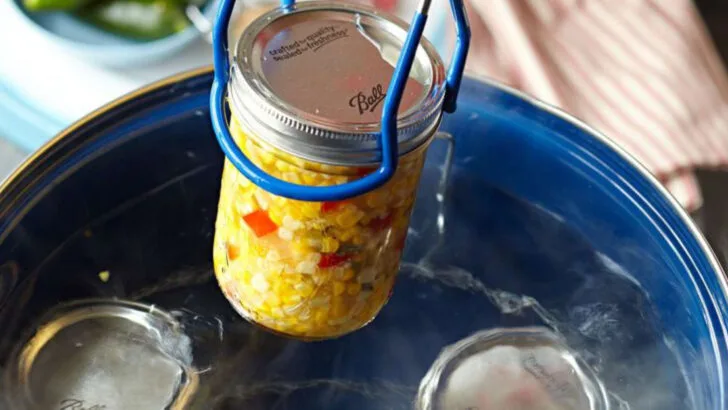Long before refrigerators and vacuum sealers, families preserved food through harsh winters, crop failures, and times of scarcity—using nothing but common sense and time-tested techniques. These weren’t just traditions; they were survival skills. And today, as more people turn to gardening, homesteading, and self-reliance, many are rediscovering that old-school preservation methods still work—and sometimes work better.
Modern solutions often require electricity, expensive tools, or chemical additives. But traditional methods like fermenting, drying, root cellaring, and lacto-preservation use natural processes to safely store food with minimal resources. They don’t just extend shelf life—they often enhance flavor, increase nutritional value, and help preserve the integrity of homegrown food.
Whether you’re growing more than your freezer can handle, prepping for emergencies, or just tired of throwing out spoiled produce, these 19 forgotten techniques are worth bringing back. They worked for your great-grandparents—and they still work now.
Fermenting
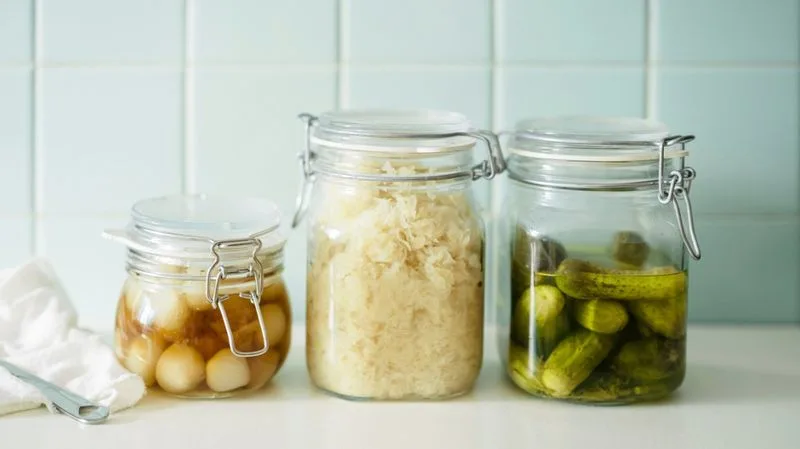
Imagine a bubbling jar of kimchi, alive with probiotics and bursting with flavor. Fermenting has been keeping foods safe and nutritious for millennia. The process not only preserves but enhances the taste and health benefits of foods. Fermented foods are rich in probiotics, aiding digestion and boosting gut health.
This ancient method uses natural bacteria and yeast to convert sugars into acids or alcohol. From pickles to yogurt, fermentation adds a unique tang and complexity to foods. It’s a creative way to explore diverse flavors while maintaining freshness.
Smoking
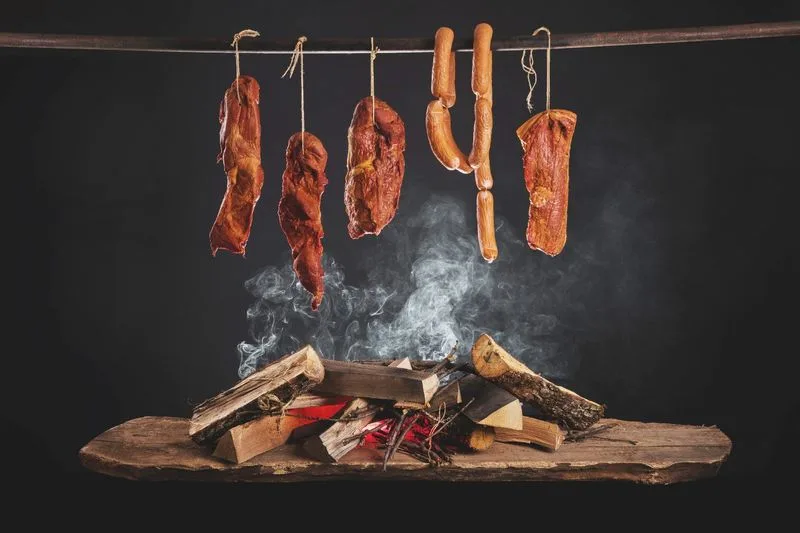
Picture a cozy smokehouse where salmon and beef hang, absorbing rich, smoky flavors. Smoking is a timeless method that not only preserves but infuses food with a distinctive taste.
The process involves exposing food to smoke from smoldering wood, which acts as a natural preservative. This technique is as much about flavor as it is about preservation, resulting in deliciously savory treats.
Ideal for meats and fish, smoking keeps foods safe for extended periods, a perfect blend of art and science that has stood the test of time.
Drying
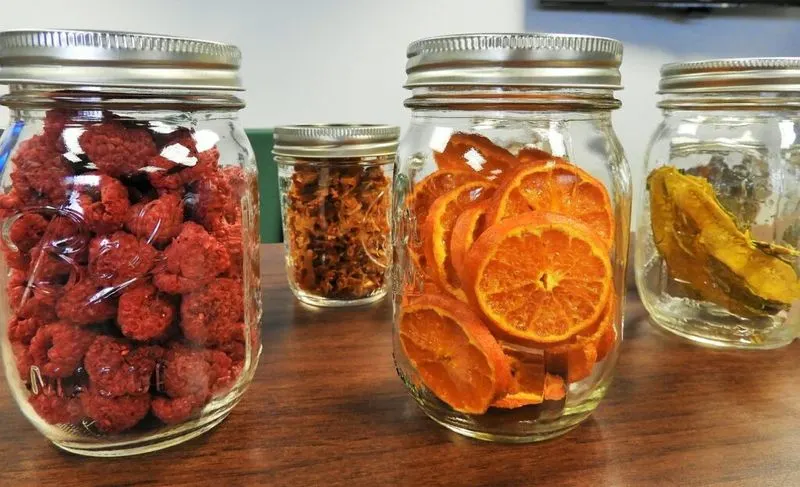
Envision sun-drenched landscapes where herbs and fruits dry naturally, locking in their essence. Drying is one of the oldest and simplest preservation techniques, requiring only sun and wind.
This method removes moisture, inhibiting bacterial growth and spoilage. From jerky to dried fruits, it maintains nutrients and flavors without refrigeration.
Drying offers a practical and eco-friendly approach to food preservation, preserving seasonal produce for year-round enjoyment. It’s a method that captures the essence of summer’s bounty.
Salting
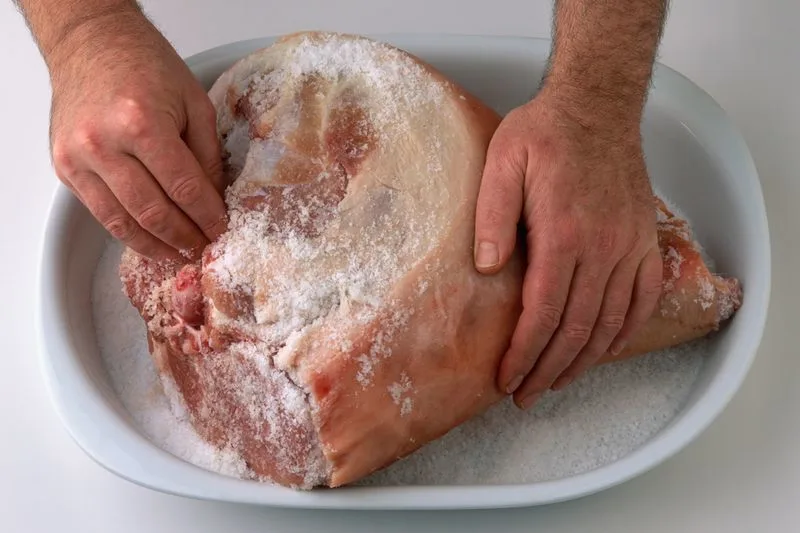
Salt, the ancient preservative, transforms foods with its simplicity and efficacy. Salting draws out moisture, creating an environment inhospitable to bacteria.
This age-old technique is ideal for preserving meats and fish, bringing out rich, savory flavors. Think of cured hams or salted cod, their taste intensified over time.
With just salt and patience, this method keeps foods fresh and flavorful, embodying a timeless approach that modern convenience simply can’t replicate.
Pickling
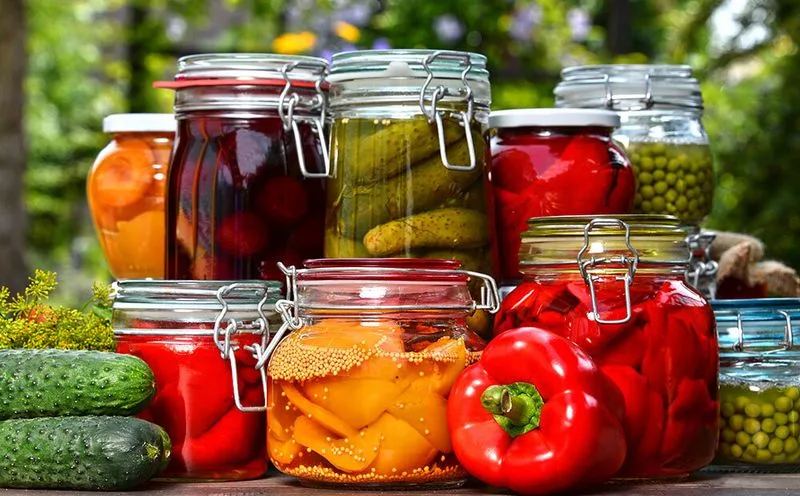
Bright jars filled with pickled cucumbers and carrots capture the imagination. Pickling is a vibrant preservation method that combines vinegar, salt, and spices to keep foods fresh and zesty.
This technique not only preserves the produce but enhances its flavors, offering a tangy twist to meals. Ideal for cucumbers, carrots, and beets, pickling adds a crunchy, acidic bite to your palate.
It’s a creative and colorful way to enjoy seasonal produce all year round, making every meal a bit more exciting.
Canning
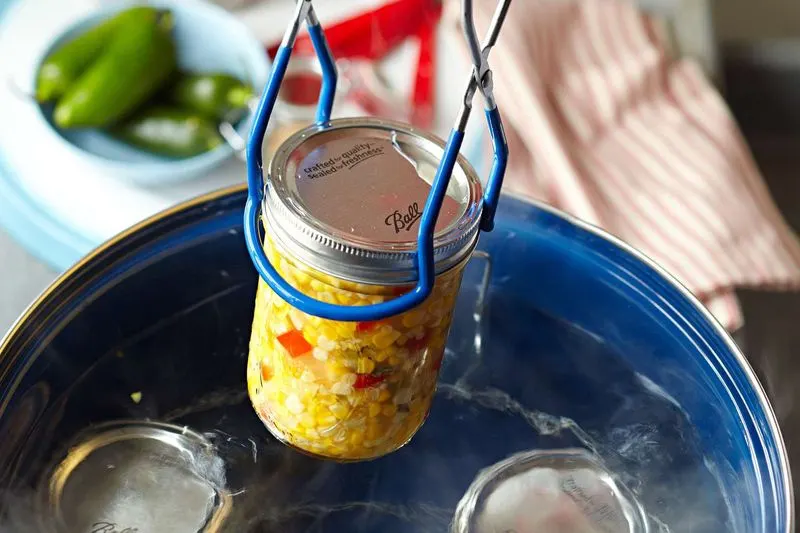
Imagine a wooden shelf brimming with glass jars filled with vibrant fruits and vegetables. Canning seals in the goodness of seasonal produce, offering a taste of summer even in the depths of winter.
By heating and sealing, this method destroys bacteria and enzymes, prolonging the shelf life of foods without the need for refrigeration. It’s a comforting ritual that brings a sense of accomplishment and sustainability.
Canning transforms the seasonal abundance into year-round nourishment, capturing flavors at their peak.
Sugar Preservation
Think of the sweet allure of homemade jams and jellies, their flavors intensified and preserved with sugar. Sugar preservation uses natural sweetness to extend the shelf life of fruits.
This method enhances flavors while preventing spoilage, creating delightful spreads that brighten breakfast tables. It’s a traditional technique that adds joy to preserving seasonal harvests.
By combining fruits with sugar, this method captures the essence of ripeness, delivering a burst of sweetness with every bite.
Root Cellaring
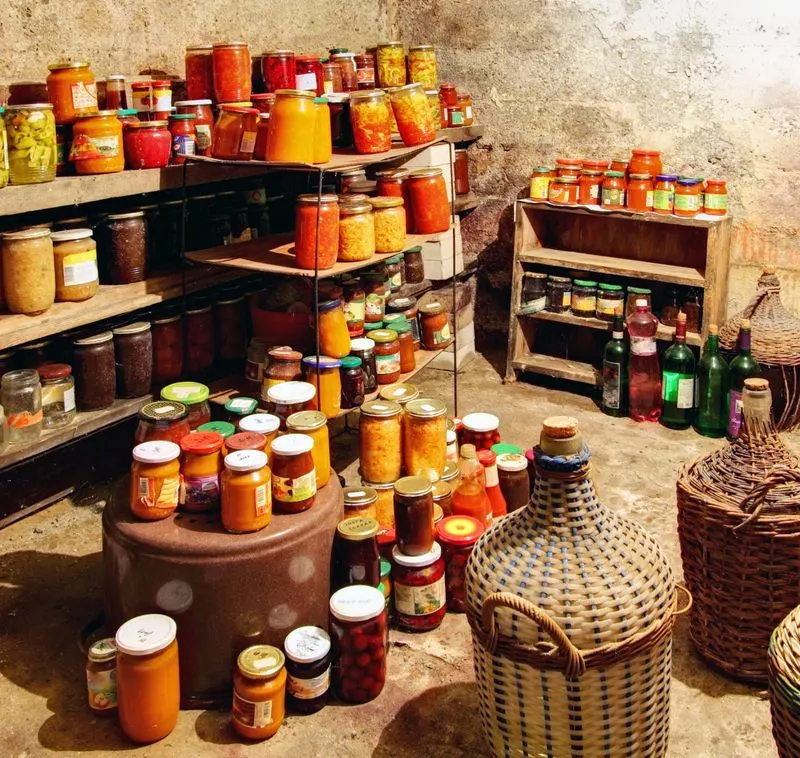
Imagine descending into a cool, earthy cellar lined with shelves filled with root vegetables. Root cellaring is a simple yet effective method that utilizes the earth’s natural insulation to keep produce fresh.
By storing vegetables in a dark, cool environment, this method extends their shelf life without any energy consumption. It’s a sustainable approach that has been used for centuries.
This technique connects us to a time when life was simpler, making the most of nature’s preservation.
Freezing
The preserved freshness of a summer harvest, captured through freezing, offers vibrant flavors even in the dead of winter. Freezing locks in nutrients and taste, preserving food at its peak.
This method, though common today, has long roots in traditional practices, using ice and snow to keep foods safe. It’s a convenient technique that requires little effort but yields rich rewards.
Ideal for fruits, vegetables, and herbs, freezing maintains the integrity of foods, making it an indispensable preservation method.
Jellying
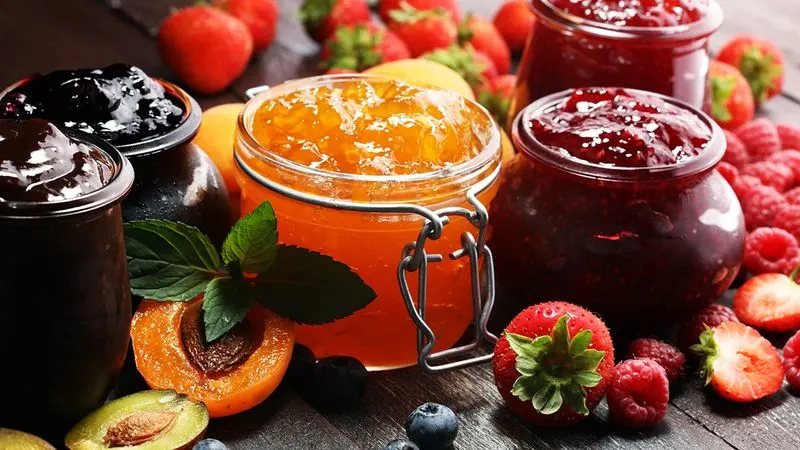
The shimmering beauty of homemade jellies, set to perfection, is a testament to the art of jellying. By using pectin and sugar, this method preserves the vibrant flavors of fruits.
Jellying creates a delightful texture and taste, adding a sweet touch to any meal. It’s a technique that transforms simple fruits into elegant preserves.
This method captures the essence of fruit in a way that’s both practical and indulgent, perfect for savoring the sweet moments of life.
Lacto-Fermentation
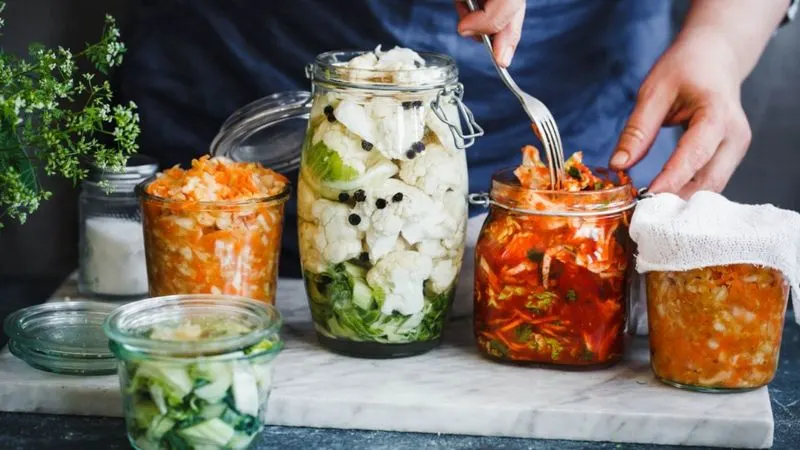
The tangy crunch of a lacto-fermented vegetable showcases the genius of this preservation method. Utilizing natural bacteria, lacto-fermentation enhances flavor while promoting gut health with probiotics.
This method involves submerging vegetables in a saltwater brine, allowing beneficial bacteria to thrive. It’s a tradition that transforms simple ingredients into complex, flavorful foods.
Ideal for cucumbers, cabbage, and more, lacto-fermentation is a culinary adventure that keeps foods fresh and nutritious.
Pemmican
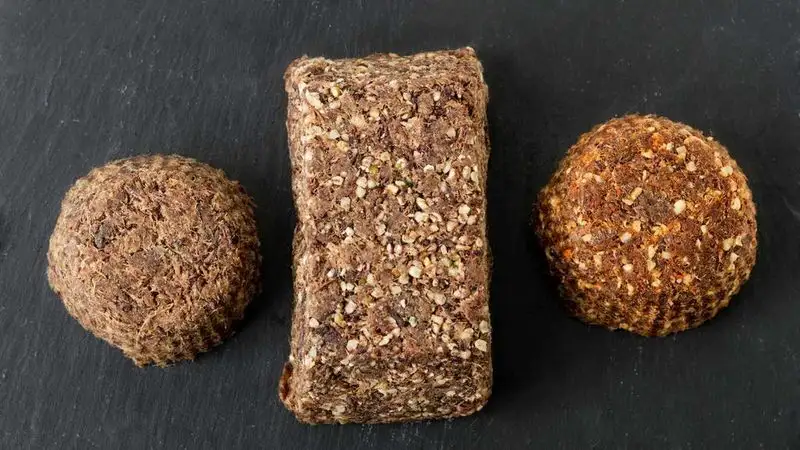
The rich, concentrated energy of pemmican has sustained travelers and adventurers for centuries. Combining dried meat, fat, and berries, this method creates a nutrient-dense, long-lasting food.
Pemmican is a testament to the ingenuity of Indigenous people, designed to endure harsh conditions and long journeys. Its compact form and balanced nutrition make it an ideal survival food.
This preservation technique preserves the essence of meat and berries, offering a taste of history and resilience.
Brining
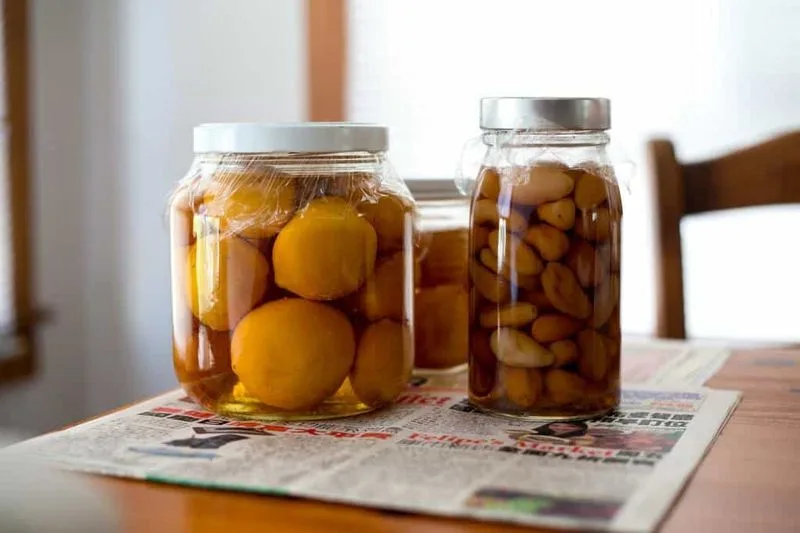
The savory, tender result of brining makes it a popular choice for preserving meats. This method, involving soaking in a saltwater solution, enhances flavor and juiciness.
Brining is perfect for poultry and pork, as it helps maintain moisture during cooking. It’s a technique that delivers tender, flavorful dishes every time.
This method offers a simple yet effective way to preserve and enhance meat, embodying a tradition of culinary excellence.
Vacuum Sealing
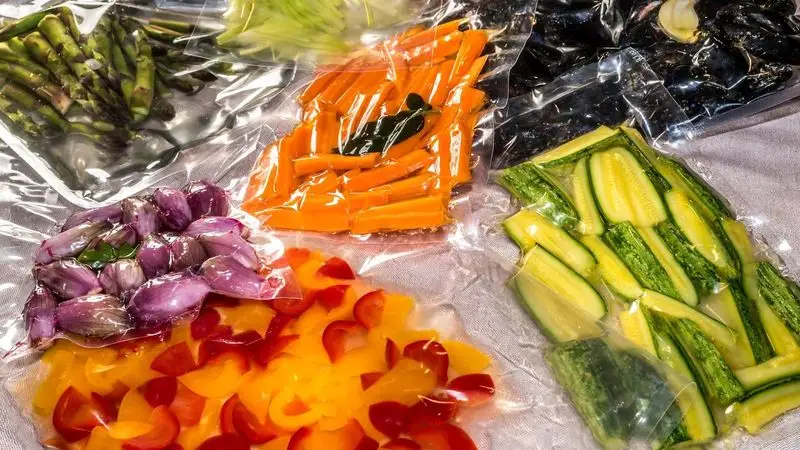
The sleek efficiency of vacuum sealing combines modern convenience with traditional principles. By removing air, this method prevents spoilage and preserves freshness.
Vacuum sealing is perfect for meats, cheeses, and even delicate herbs, extending shelf life significantly. It’s a versatile technique that fits well into any culinary repertoire.
This method offers a practical solution for preserving flavor and quality, making it a valuable tool for food preservation enthusiasts.
Confiting
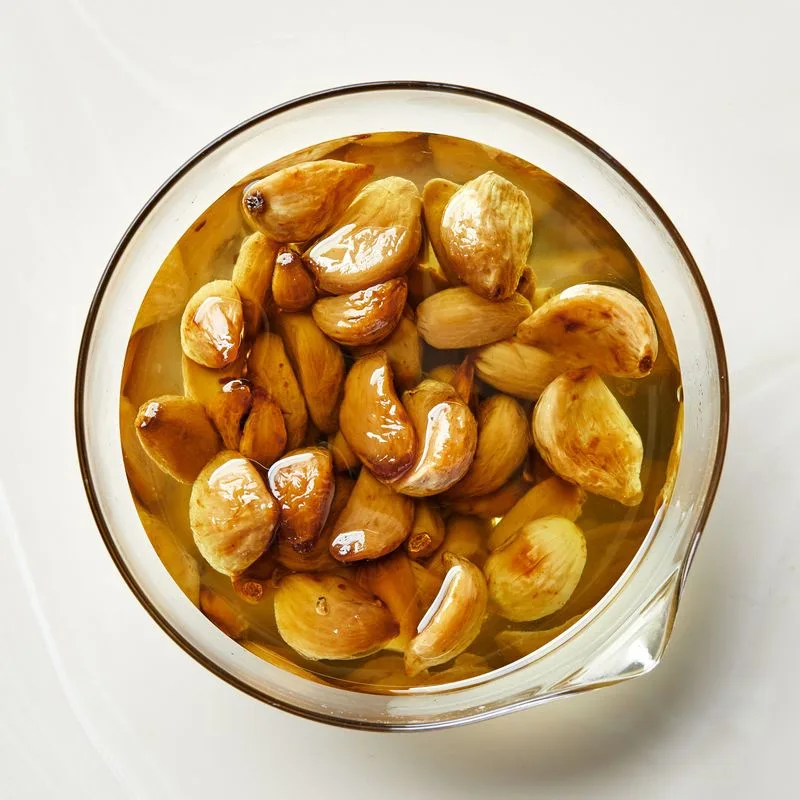
The luxurious texture of confit, achieved through slow cooking in fat, is a culinary delight. This preservation method, popular in French cuisine, keeps meats tender and flavorful.
By submerging meats in fat, confit prevents air exposure, preserving foods for extended periods. It’s an indulgent technique that enhances taste and texture.
Ideal for duck and pork, confit offers a taste of culinary tradition, turning simple ingredients into gourmet experiences.
Potting
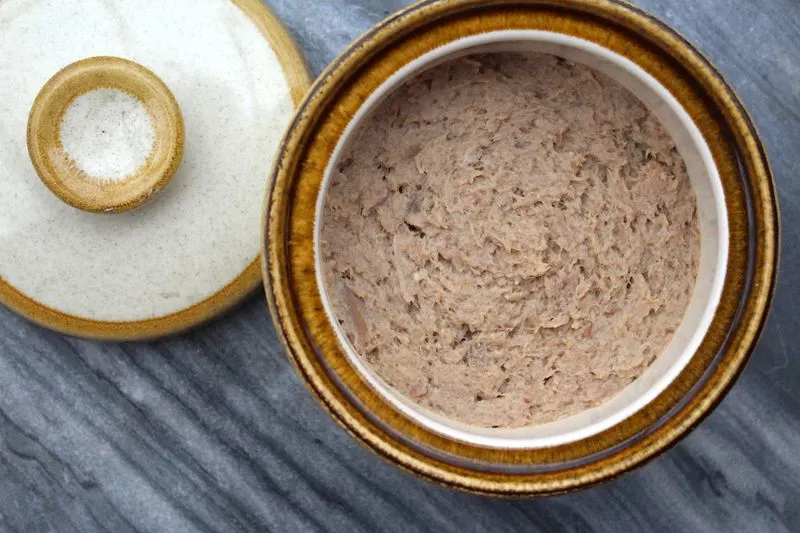
The savory appeal of potted meats, preserved in fat, is a British classic. This method, known as potting, involves sealing cooked meats under a layer of fat, keeping them fresh.
Potting adds depth to flavors, offering a rich, spreadable delight. It’s a technique that turns leftover meats into gourmet spreads.
This method preserves the essence of meat with simplicity and taste, providing a nostalgic nod to culinary history.
Sprouting
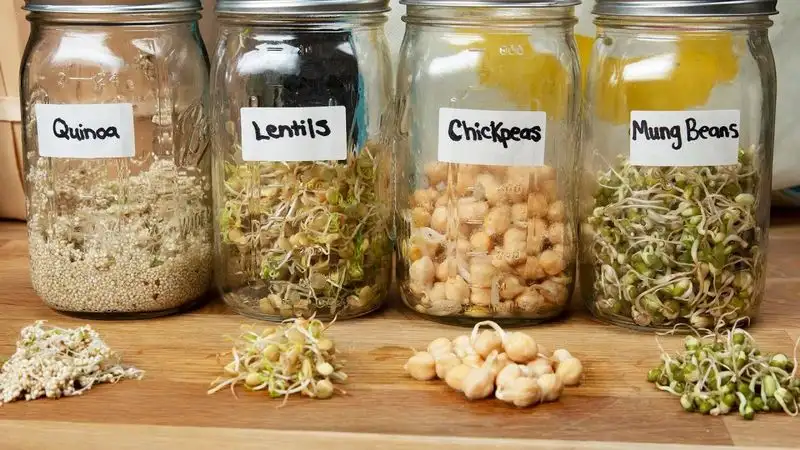
The vibrant energy of fresh sprouts, bursting with life, offers a unique preservation twist. Sprouting seeds unlocks nutrients, turning dormant grains into living foods.
This method enhances digestibility and adds fresh, crunchy textures to meals. It’s a natural way to enjoy the benefits of grains and legumes.
Sprouting embodies a living food approach, bringing vitality and freshness to the table, perfect for health-conscious eaters.
Potash Preservation
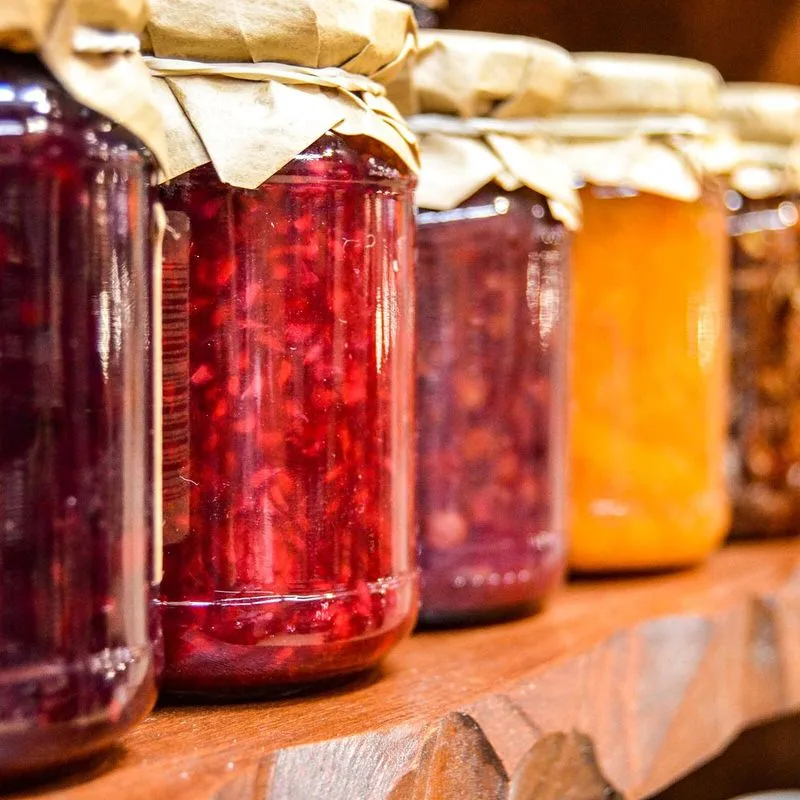
The fascinating world of potash preservation reveals a lesser-known technique that uses ash to extend shelf life. This method, part of traditional African practices, keeps foods like seeds and grains safe.
By creating an alkaline environment, potash inhibits spoilage and enhances preservation. It’s a unique approach that reflects cultural ingenuity.
This method offers an insight into diverse preservation traditions, showcasing the creativity in food storage across cultures.

